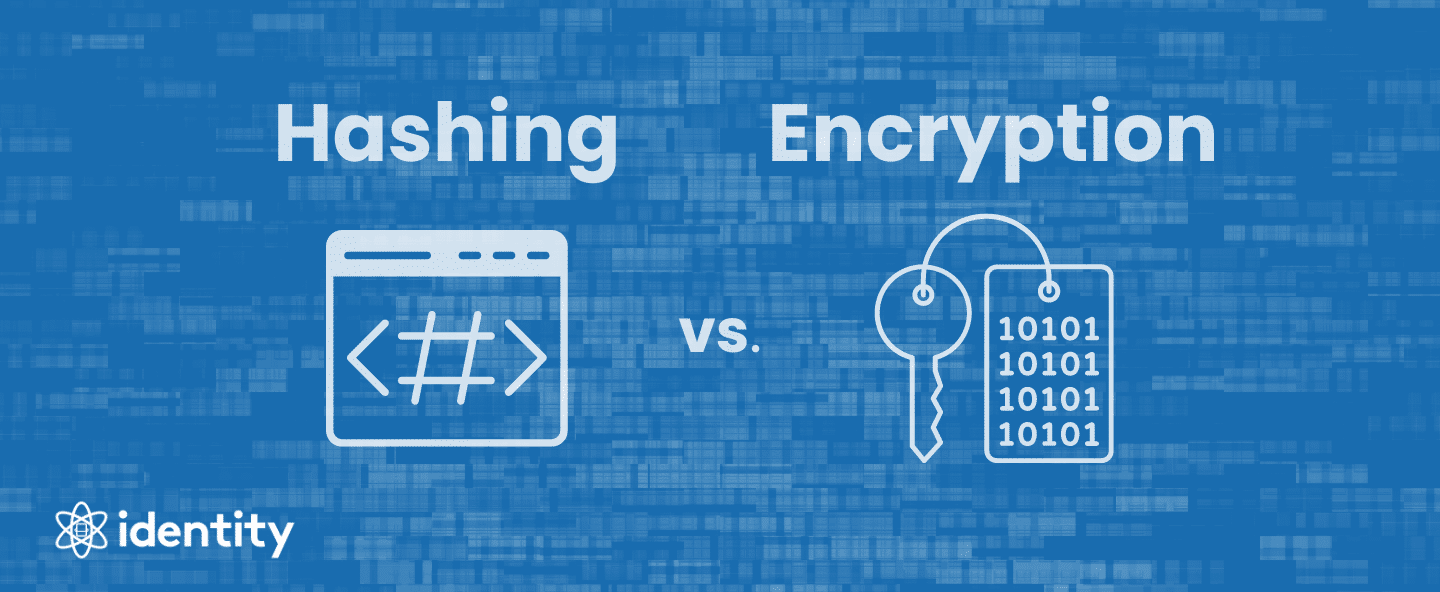In the realm of data security, the terms encryption and hashing are often encountered, yet they serve distinct purposes. Understanding the nuances of these two cryptographic techniques is pivotal for anyone venturing into the fields of information technology and cybersecurity. This article will elucidate the fundamental differences between encryption and hashing, exploring their applications, methodologies, strengths, and weaknesses.
1. Defining Encryption and Hashing
Encryption is a process that converts plaintext into ciphertext using an algorithm and a key. The transformation ensures that only authorized individuals possessing the decryption key can return the ciphertext to its original state. Commonly used encryption standards include Advanced Encryption Standard (AES) and RSA (Rivest-Shamir-Adleman).
On the contrary, hashing is a one-way transformation. It converts input data, or a message, into a fixed-size string, which is typically a sequence of numbers and letters. This output, known as the hash value or digest, is unique to each input but cannot be reversed to retrieve the original data. Popular hashing algorithms include SHA-256 (Secure Hash Algorithm), MD5 (Message-Digest Algorithm), and bcrypt.
2. Purpose and Use Cases
The primary purpose of encryption is to secure data confidentiality. It is extensively employed in various scenarios, such as securing sensitive information during transmission over the internet, protecting files on hard drives, and safeguarding personal communication through applications like messaging services. In scenarios like online banking, encryption helps protect financial transactions from eavesdropping and unauthorized access.
Hashing, meanwhile, serves to ensure data integrity. Its primary objective is to verify that data has not been altered in transit. Hashing is frequently used in the context of data storage, password management, and digital signatures. For instance, when a user creates a password, the system can store the hash of that password rather than the password itself, enhancing security. If the hash matches the input during login, the user is authenticated, but the original password remains unknown and protected.
3. Mechanisms and Algorithms
Encryption algorithms can be categorized into two main types: symmetric and asymmetric encryption. Symmetric encryption employs the same key for both encryption and decryption, making it faster and more efficient for large amounts of data. Asymmetric encryption, on the other hand, uses a pair of keys (public and private); the public key encrypts the data, while the private key decrypts it. This dual-key system adds a layer of security, particularly useful for secure communications and digital signatures.
Hashing algorithms, unlike encryption, do not utilize keys and generate a unique output for each unique input. Hash functions apply mathematical operations to the data and produce a fixed-size output. For instance, even the slightest change in the input will result in a significantly different hash value, making it an effective tool for checking data integrity.
4. Security Considerations
The security of encryption is intrinsically tied to the strength of the encryption key. If an encryption key is weak or compromised, the data can be easily accessed by malicious actors. Therefore, robust key management practices, including regular updates and secure storage, are paramount for maintaining data confidentiality.
In the case of hashing, vulnerabilities can arise from weak hash algorithms. For instance, MD5 and SHA-1 have been found to be susceptible to collision attacks, whereby two distinct inputs yield the same hash output, undermining their effectiveness. To mitigate these risks, more secure algorithms like SHA-256 or bcrypt should be employed, especially for sensitive applications like password storage.
5. Performance and Efficiency
Encryption and hashing also differ in performance. Encryption processes typically require more computational resources, partly due to the complexity of the algorithms involved and the necessity of key management. The use of symmetric encryption methods is often favored for large volumes of data because of their speed and efficiency.
Hashing functions, conversely, are generally faster and more efficient. They are designed to produce a unique output in a consistent and rapid manner, making them suitable for scenarios where quick verification is necessary. This efficiency plays a crucial role in applications such as blockchain, where thousands of transactions must be processed at an incredibly high speed.
6. Real-World Applications
The applications of encryption are ubiquitous across various sectors. For instance, in healthcare, patient records must be encrypted to comply with regulations like HIPAA (Health Insurance Portability and Accountability Act) to protect patient privacy. Similarly, in e-commerce, encryption safeguards customers’ financial information and personal details during transactions.
Hashing finds its applications predominantly in password storage, digital signatures, and data integrity verification. In the social media realm, hashes are used to ensure that user-uploaded content has not been altered. Additionally, version control systems utilize hashing to track changes in documents, ensuring that each version remains intact and retrievable.
7. Conclusion
Encryption and hashing, while fundamentally different, both play critical roles in safeguarding information in today’s digital landscape. Understanding the differences enables organizations and individuals to implement appropriate security measures tailored to their specific needs. Whether ensuring confidentiality through encryption or maintaining integrity through hashing, these cryptographic techniques are essential in combating the myriad threats to data security. Embracing a comprehensive strategy that integrates both encryption and hashing can significantly bolster one’s defense against unauthorized access and data breaches.







Leave a Comment